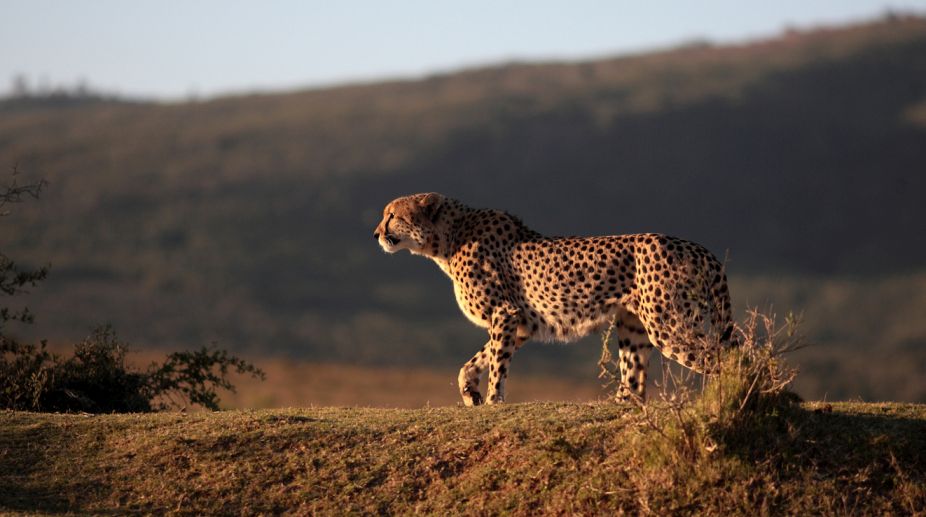Another draft notification for Western Ghats sensitive area sans Kerala
In the case of Kerala, the state's Biodiversity Board has been empowered to demarcate the area, and its recommendations would be accepted, he said.

(Photo: Getty Images)
Despite being fierce competitors, three carnivores in wildlife reserves of the Western Ghats have developed "smart" adaptations to coexist, a study has revealed.
Such adaption would help save the three carnivores – tiger, leopard, and dhole (Asian wild dog).
The study conducted by the Wildlife Conservation Society (WCS) showed that the three carnivores, which are in direct competition with each other, are living side by side with "surprisingly" little conflict.
Advertisement
Researchers said that usually, big cats and wild canids live in different locations to avoid each other.
Yet, in four relatively small reserves in the wildlife-rich Western Ghats region, WCS researchers have found that they are coexisting, despite competing for much of the same prey, including sambar deer, chital and pigs.
The researchers used dozens of non-invasive camera traps for sampling the entire population rather than tracking a handful of individuals, and recorded some 2,500 images of the three predators in action.
They found that in reserves with an abundance of prey, dholes, which are active during the day, did not come in much contact with the more nocturnal tigers and leopards.
But in the Bhadra Reserve where prey was scarcer, their active times overlapped, yet dholes still managed to avoid the big cats, while in Nagarahole, a park teeming with all three carnivores and their prey, leopards avoided tigers.
"These carnivores have developed smart adaptations to coexist, even while they exploit the same prey base. However, these mechanisms vary depending on density of prey resources and possibly other habitat features," the study said.
Both tigers and dholes are classified as Endangered by the International Union for Conservation of Nature (IUCN), while leopards are considered as "vulnerable".
Advertisement